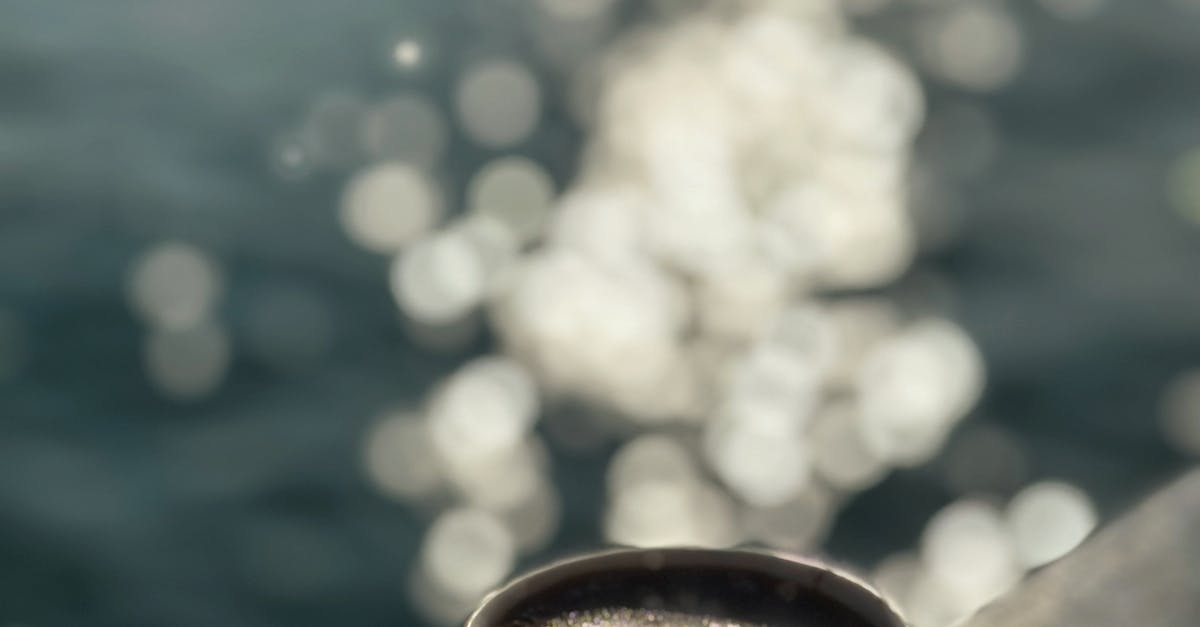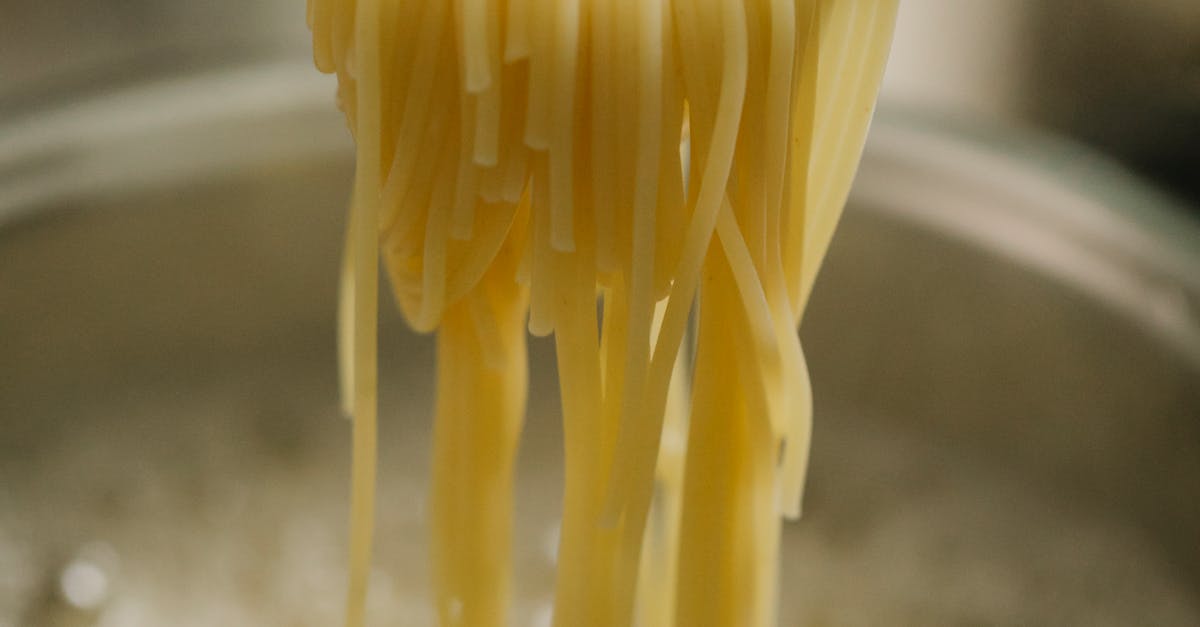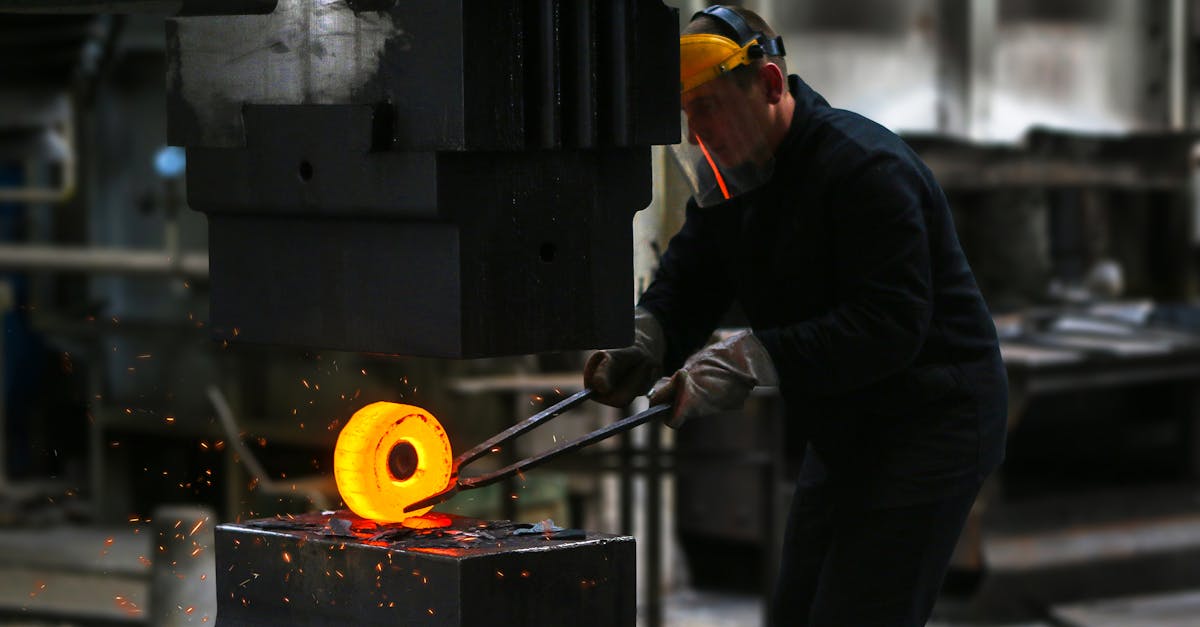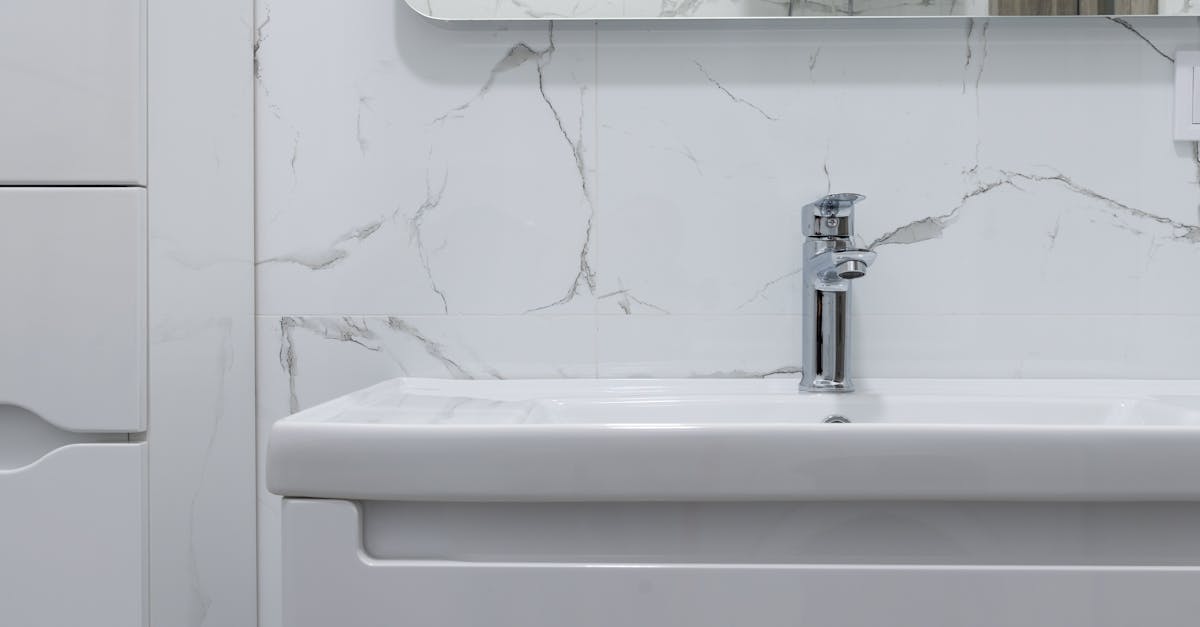
Table Of Contents
Signs You Need Professional Drain Clearing
Unusual odours and frequent clogs often signal that it's time for professional drain cleaning. If you notice a persistent sewer smell in your home or find your sinks, toilets, or showers draining slowly, these issues may indicate a deeper problem within the plumbing system. Ignoring these symptoms can lead to more significant complications, necessitating urgent attention from experts.
Mould growth and water damage can also be clear indicators that your drains require professional care. If you identify damp patches on walls or ceilings near plumbing fixtures, this could suggest a blockage or leak that needs immediate investigation. Timely drain cleaning can prevent further deterioration of your property and ensure a safe living environment.
Indicators of Serious Drain Problems
Recognising the indicators of serious drain problems is crucial for homeowners. Experiencing slow drainage in multiple fixtures often signals a deeper issue in the plumbing system. Unpleasant odours emanating from drains can indicate the presence of rotting organic matter or sewage backup. Frequent clogs requiring drain cleaning can also suggest a serious blockage, potentially caused by tree roots infiltrating pipes or significant buildup of debris.
Another telling sign is water pooling around drain areas or in other locations, which can point to a broken or collapsed pipe. If you notice gurgling sounds from the drains, this can indicate air being trapped in the system due to a significant blockage. Ignoring these indicators can lead to more extensive damage, making timely drain cleaning essential to resolve underlying issues before they escalate into costly repairs.
The Process of Drain Inspection
Professionals begin the process of drain inspection with a thorough examination of drainage systems using advanced technology. High-definition cameras are often employed to capture real-time footage of the interior of the pipes. This method allows experts to identify blockages, cracks, or corrosion without invasive procedures. By assessing the footage, they gain a clear understanding of the condition of the drainage system and localise issues that may require immediate attention.
Once the initial inspection is complete, professionals analyse the information gathered to devise a suitable drain cleaning strategy. They consider the type of materials present in the system and the extent of the damage observed. This detailed assessment ensures that the chosen method for cleaning and restoring the drain is effective and minimises potential risks associated with more severe blockages or structural damage.
How Professionals Assess Drain Conditions
Professionals utilise a variety of techniques to assess drain conditions before undertaking any cleaning process. High-resolution cameras are often used to inspect the interior of pipes, allowing for a detailed view of blockages, corrosion, or structural damage. This technology helps plumbers identify the exact location and nature of the issue, enabling them to tailor their approach effectively. Additionally, they may use sonar equipment to detect leaks or weaknesses within the drainage system that are not immediately visible.
Aside from visual inspections, professionals often consider the age and material of the drainage system. Older systems may require more careful handling during drain cleaning to avoid aggravating any existing problems. Plumbers also take note of drainage patterns and any signs of recurring blockages, which can indicate underlying issues that need to be addressed. By combining technology with experience, professionals can offer a comprehensive assessment that ensures a more effective resolution to drainage problems.
Environmental Considerations in Drain Cleaning
Environmental considerations play a crucial role in the process of drain cleaning. Many traditional methods can inadvertently harm local ecosystems. Harsh chemicals used in some drain cleaning products may leak into the water supply, adversely affecting wildlife and plant life. The increasing awareness of these environmental impacts has led professionals to seek alternatives that minimise harm while still effectively resolving drainage issues.
Eco-friendly practices are becoming more prevalent in the industry. Many professionals now opt for biodegradable cleaning solutions that do not pose a threat to the environment. Additionally, techniques like hydro jetting allow for thorough cleaning without the need for harmful chemicals. By employing these environmentally conscious methods, drain cleaning can be conducted in a manner that prioritises both efficiency and sustainability.
EcoFriendly Practices in the Industry
The drain cleaning industry has increasingly adopted eco-friendly practices to mitigate environmental impacts. Many professionals now prioritise the use of biodegradable or non-toxic cleaning solutions that effectively break down clogs without harming local ecosystems. These alternatives help preserve the health of waterways while ensuring that drains are cleared efficiently.
In addition to using safer cleaning agents, the emphasis on water conservation has gained traction. Innovations such as high-pressure water jetting not only clear blockages but also minimise water use compared to traditional methods. This approach reduces overall water consumption and helps protect this vital resource while maintaining effective drainage solutions across urban and rural areas.
FAQS
What are the common signs that indicate I need professional drain clearing?
Common signs include slow draining water, frequent clogs, unpleasant odours, gurgling sounds from drains, and water pooling around fixtures. If you notice any of these issues, it's advisable to consult a professional.
How do professionals assess the condition of drains?
Professionals typically use a combination of visual inspections, camera inspections, and drainage tests to assess the condition of drains. These methods help identify blockages, cracks, or other structural issues.
What are some indicators of serious drain problems?
Indicators of serious drain problems include persistent backups, sewage odours, multiple clogged fixtures, and unusually lush patches of grass in your yard, which may signal a sewer leak. It's important to address these promptly.
Are there eco-friendly practices in drain cleaning?
Yes, many professionals now use eco-friendly methods, such as bio-degradable cleaning agents and high-pressure water jetting, which minimise harm to the environment while effectively clearing drains.
How often should I have my drains inspected by a professional?
It is generally recommended to have your drains inspected every one to two years, particularly if you live in an older home or have previously experienced drainage issues. Regular inspections can help prevent significant problems down the line.





























